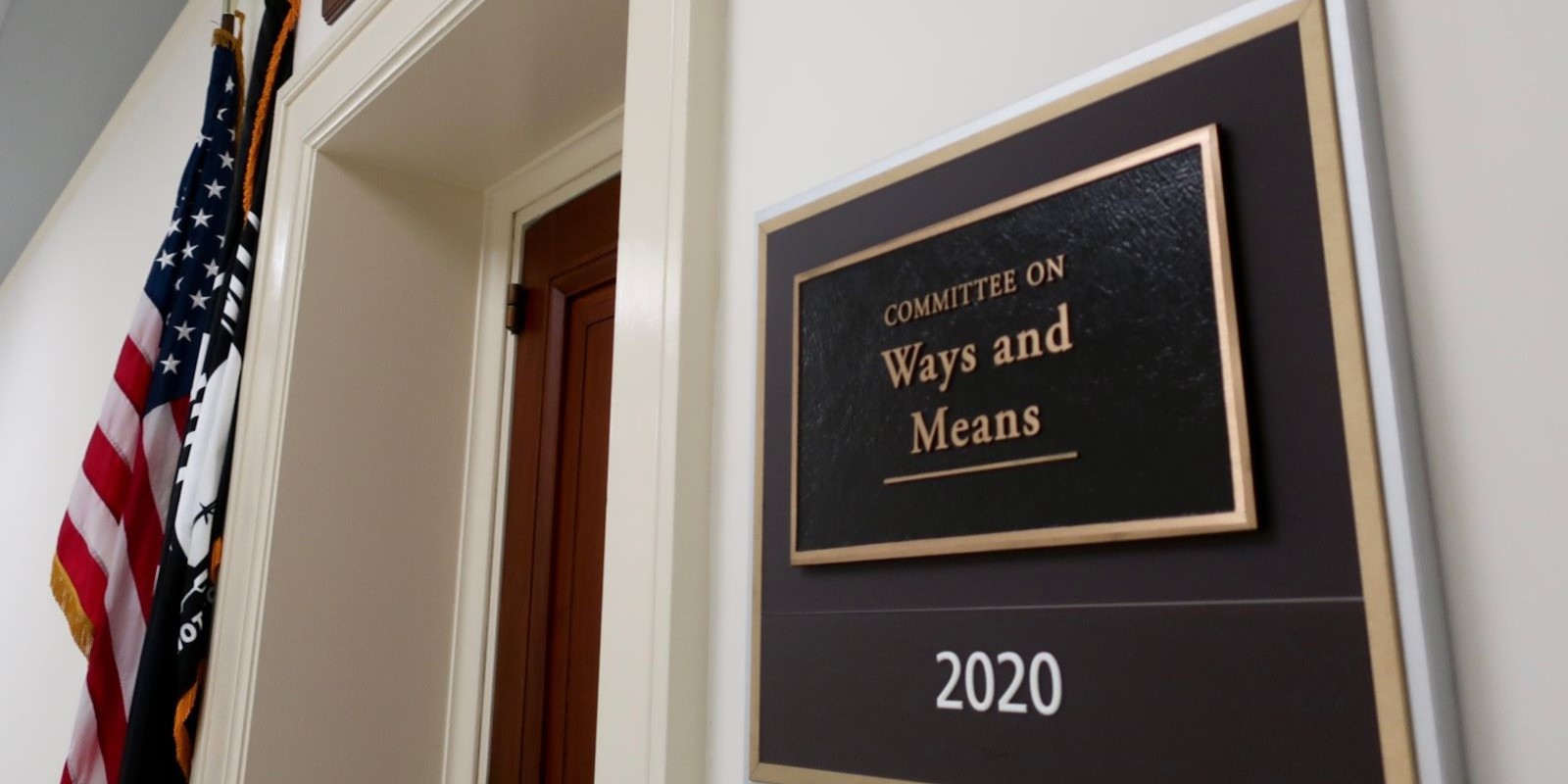IRS Shifts Audit Focus to Wealthy Taxpayers with Help from Artificial Intelligence

The “lowest audit rate of wealthy filers in our history” is about to end, IRS Commissioner Danny Werfel announced recently. “I am committed to reversing this trend,” he added. Thus launched the IRS’s effort to shift its attention to high-income taxpayers, partnerships and other passthroughs, corporations and tax shelter promoters. The Commissioner also echoed President Biden’s promise that audit rates will not increase for those earning less than $400,000 a year.
The agency will use improved technology and artificial intelligence (AI) to help compliance teams better detect tax cheating, identify emerging compliance threats and improve case selection tools. For years, the IRS has used sophisticated programs to identify returns for audit, including the DIF formula, which rates returns based on their potential for an upward adjustment. The DIF formula looks for deviations from the norm, such as abnormally high deductions based on a taxpayer’s income and demographic profile.
The IRS also matches third-party information returns to individual income tax returns in its Automated Underreporter Program (AUP). For example, if the IRS receives a Form 1099-R from a financial institution reporting a taxable retirement distribution with no matching income on the recipient’s tax return, the return may be flagged for review. The evolution of AI will enhance the IRS’s ability to identify anomalies and sophisticated methods of tax avoidance.
New IRS Passthrough Work Group
The IRS also announced plans to establish a new pass-through work group to focus on large or complex pass-through entities, including partnerships and S Corporations. Passthroughs are frequently used by higher-income groups and can be complex tax arrangements. The IRS wants to up its game to get into a position where its examiners have the knowledge and training to take on these complex tax issues.
The new work unit will be housed in the IRS Large Business and International (LB&I) division, and the IRS is hiring 3,700 positions nationwide to help with expanded enforcement work focusing on complex partnerships, large corporations and high-income and high-wealth individuals. “This new unit will leverage Inflation Reduction Act funding to disrupt efforts by certain large partnerships to use pass-throughs to intentionally shield income to avoid paying the taxes they owe,” Commissioner Werfel explained. The job posting encourages experienced accountants to apply, and staff will be hired at the GS-13 level. The job duties section describes the following responsibilities of new hires:
Conducts independent examinations and related investigations of the most complex income tax returns filed by individuals, small businesses, organizations and other entities. May include those with diversified activities, multiple partners and operations of national scope. Assignments require an integrated analysis of intricate and complex accounting systems, business activities and financing.
Other Partnership Initiatives
Prioritization of high-income cases: In the High Wealth, High Balance Due Taxpayer Field Initiative, the IRS will intensify work on taxpayers with total positive income above $1 million that have more than $250,000 in recognized tax debt. The IRS is contacting about 1,600 taxpayers in this category that owe hundreds of millions of dollars in taxes.
Expansion of pilot focused on largest partnerships leveraging Artificial Intelligence (AI): The IRS is expanding its Large Partnership Program using AI to identify potential compliance risk in the areas of partnership tax, general income tax and accounting and international tax in a taxpayer segment that historically has been subject to limited examination coverage. By the end of the month, the IRS will open examinations of 75 of the largest partnerships in the US that represent a cross section of industries including hedge funds, real estate investment partnerships, publicly traded partnerships, large law firms and other industries.
Greater focus on partnership issues through compliance letters: The IRS has identified ongoing discrepancies on balance sheets involving partnerships with over $10 million in assets, which is an indicator of potential non-compliance. This effort will focus on high-risk large partnerships to quickly address the balance sheet discrepancy and will begin in October when the IRS will start mailing around 500 partnerships.
Other Areas of Targeted Compliance Work
The IRS offers the following details of some of its other new compliance priorities.
Expanded work on digital assets: The IRS Virtual Currency Compliance Campaign seeking investor information from brokers and others will continue after an initial review showed a potential 75% non-compliance rateamong taxpayers identified through digital currency exchanges. The IRS projects more digital asset cases will be developed for further compliance work early in fiscal year 2024.
More scrutiny on FBAR violations: High-income taxpayers from all segments continue to use foreign bank accounts to avoid disclosure and related taxes, IRS says. Its analysis of multi-year FBAR filing patterns has identified hundreds of possible FBAR non-filers with account balances that average over $1.4 million. The IRS plans to audit the most serious potential non-filer FBAR cases in fiscal year 2024.
Labor brokers: The IRS has seen instances where construction contractors are making Form 1099-MISC/1099-NEC payments to an apparent subcontractor, but the subcontractor is a “shell” company that has no legitimate business relationship with the contractor. Monies paid to shell companies are exchanged at money service businesses or flowed through accounts in the name of the shell company and returned to the original contractor. The IRS will be expanding attention in this area with both civil audits and criminal investigations.
Conclusion
Though it will take the IRS awhile to ramp up its new compliance activities, taxpayers need to start preparing now for more scrutiny of their investing patterns and tax filings. There are many ways to legitimately reduce tax liability while minimizing risk. As the IRS gets more skilled at identifying noncompliance, taxpayers must be more diligent about avoiding tax positions that trigger these aggressive new IRS compliance actions.
Explore related insights
-
Unlocking the Full Potential of Timber Assets
Read more: Unlocking the Full Potential of Timber Assets
-
House Ways and Means Committee Provides Updated Language on Proposed Changes to Section 174
Read more: House Ways and Means Committee Provides Updated Language on Proposed Changes to Section 174






